Special Session VI
"Digital Twin Technology Applications in Integrated Energy System"
This session aims to bring together scholars, researchers, and industry practitioners to explore the latest advancements in digital twin technology applications within integrated energy system(IES). By sharing knowledge and experiences, we strive to promote innovation, foster collaborative research, and provide insights for the development and optimization of integrated energy system. The scope includes, but is not limited to, the following aspects: the fundamental principles and frameworks of digital twin technology in IES; the development and implementation of digital twin models for different energy sources such as electricity, gas, and heat in virtual power plants; the integration of digital twin technology with smart grid technologies, energy management systems, and distributed energy resources; and the application cases and practical experiences of digital twin technology in improving the operational efficiency, reliability, and flexibility of IES.
Submission Method
Please submit your paper via https://www.zmeeting.org/submission/pset2026. Please make sure you've registered an account first.
Topics:
This Special Session invites papers that present cutting-edge research on condition monitoring techniques, fault detection, and related methodologies for critical power generation, transmission, and distribution components in regional power grids. Topics of interest include, but are not limited to:
Organizers
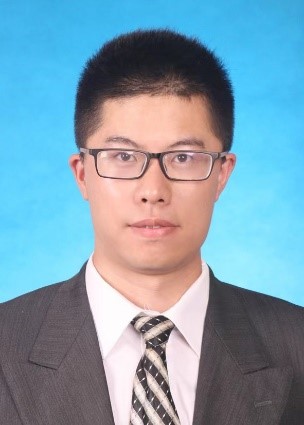 |
Dr. Yang Gao Shanghai Jiao Tong University, China |
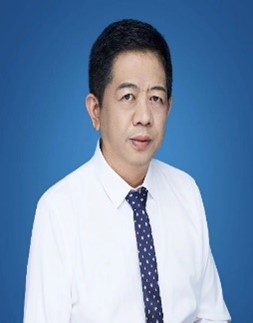 |
Prof. Qian Ai Shanghai Jiao Tong University, China |
 |
Dr. Xing He Shanghai Jiao Tong University, China |
 |
Prof. Lu Tianguang Shandong University, China |
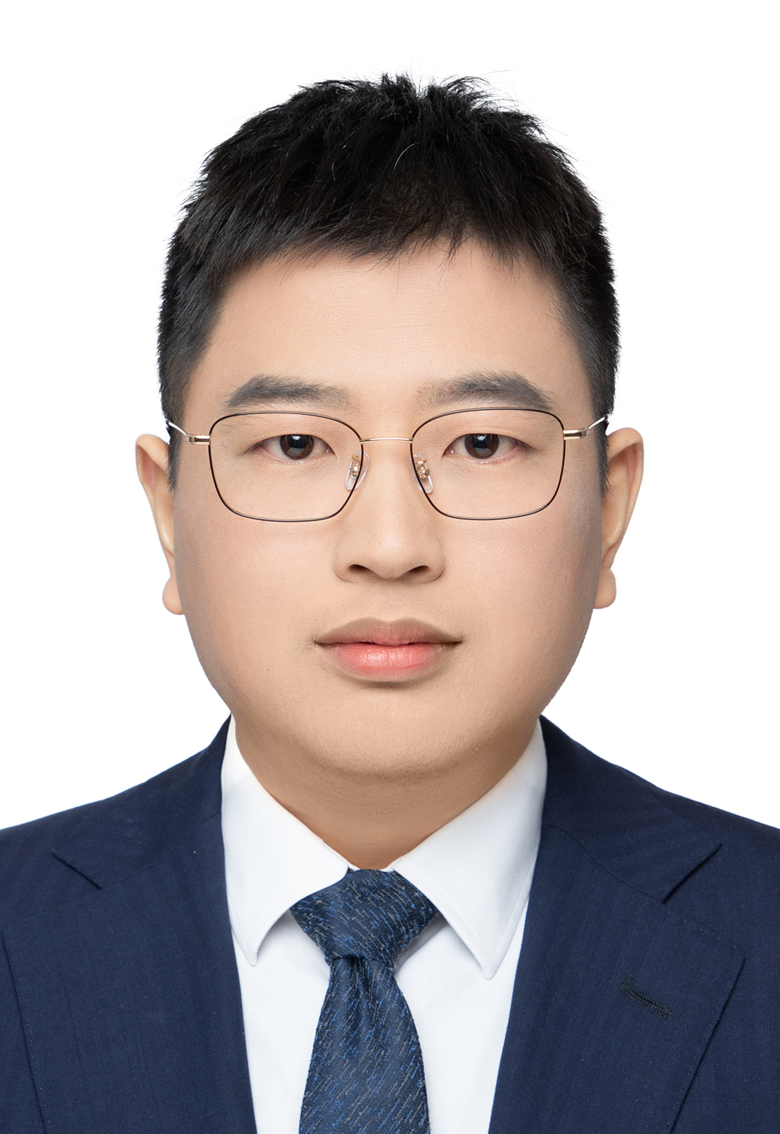 |
Dr. Xu Wang Shanghai Jiao Tong University, China |
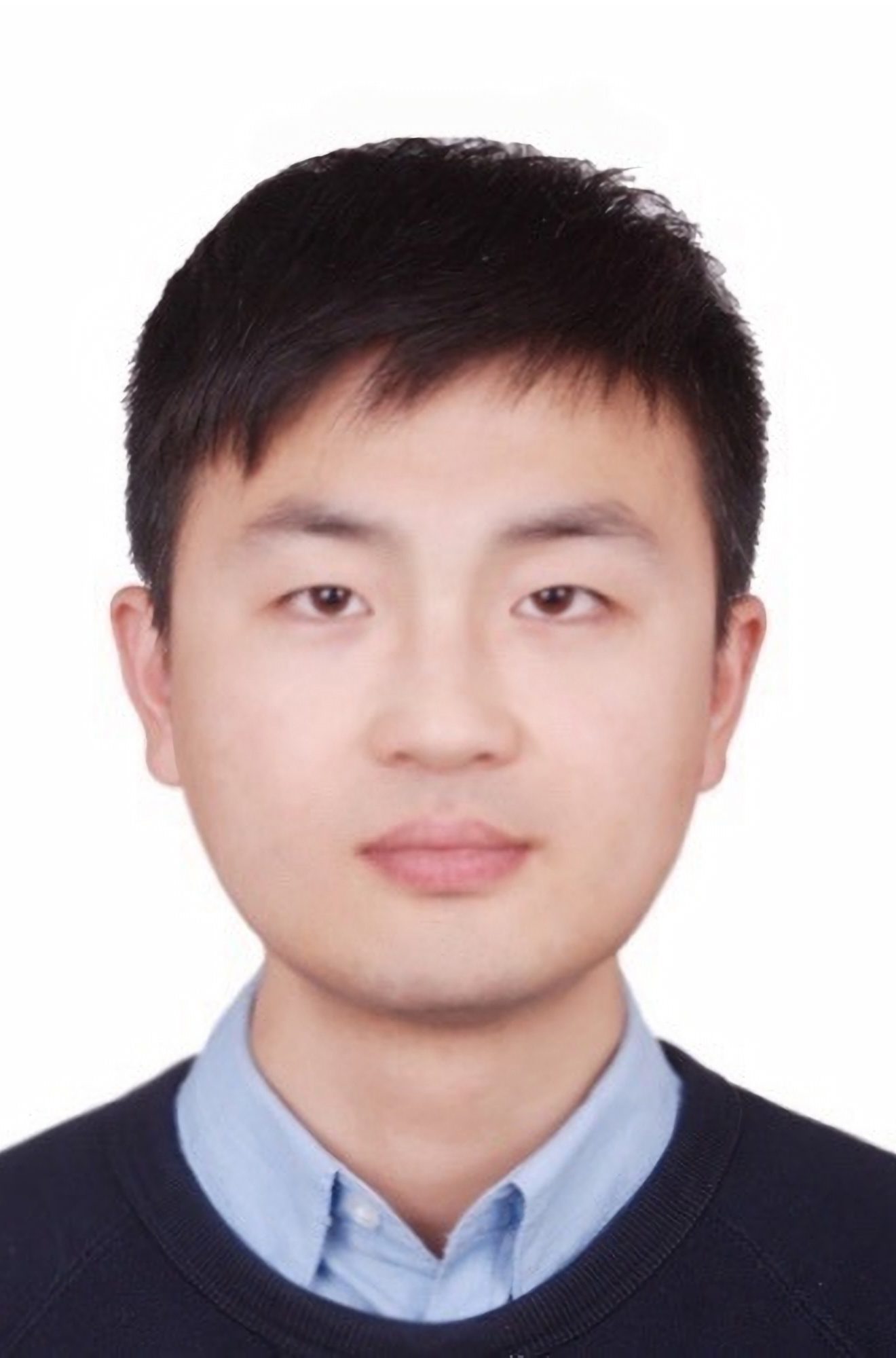 |
Assoc. Prof. Kangping Li Shanghai Jiao Tong University, China |
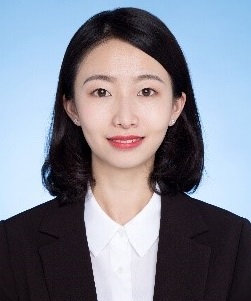 |
Dr. Chunyi Huang Shanghai Jiao Tong University, China |
